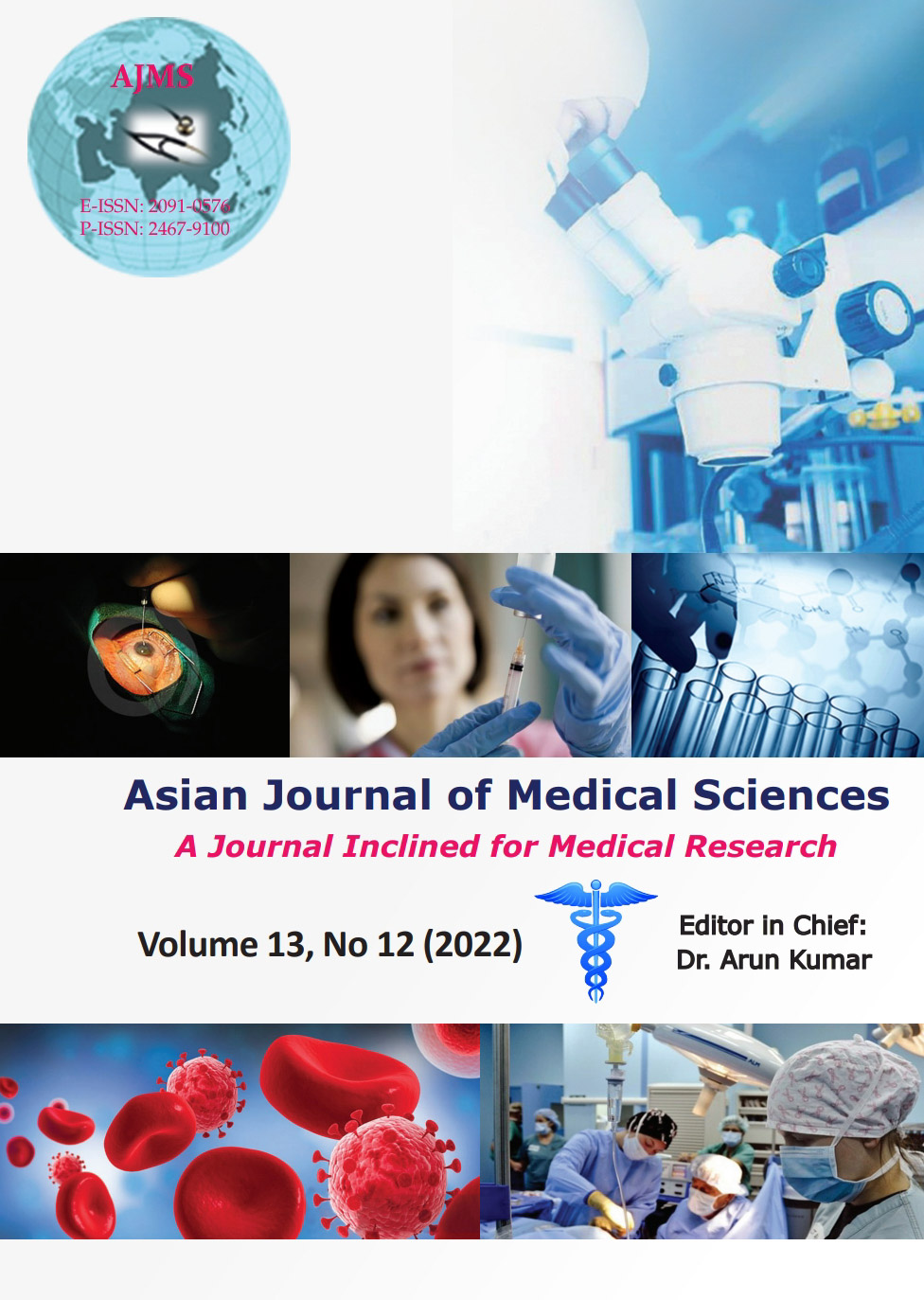Knowledge, practice, and barriers of optimal mask usage among general public – A cross-sectional study from Kerala, South India
Keywords:
Mask; Barriers; Knowledge; COVID-19; Airborne infections; DropletAbstract
Background: Social distancing, mask, and sanitizers are advised to cut the chain of transmission of the droplet and airborne infection since the first case of COVID-19 was reported from Wuhan. Universal mask usage is advised by the center for disease control. Despite this, it is assumed that there is no adequate mask practice.
Aims and Objectives: The objectives of the study are as follows: (1) To assess the knowledge and practice regarding optimal mask usage in a different setting by the general community. (2) To identify the barriers for optimal mask usage as experienced by users.
Materials and Methods: We did a cross-sectional study in Kerala using self-made validated questionnaire translated to Malayalam, the regional language distributed by web based Google form. The sample size was calculated as 200 with an assumption of awareness regarding mask usage among the general public to be at least 60% with a confidence interval of 95 and allowable error of 10% Knowledge was considered as high if 80–100%, moderate if 60–79% and low if 0–59%. The practice was considered as good if >75, 74–50 satisfactory and if <50, it is termed as unsatisfactory.
Results: Overall knowledge regarding masks and their usage was 52. 88% which is low. Only 38% were doing satisfactory practice. There were lacunae in knowledge regarding mask reusage (39.9%), ideal masks in hospital settings (43.3%). Only 26.4% practiced optimal method of mask removal and 38.4% safe mask disposal. Major barriers for mask usage were suffocation (49.3%) and exertional dyspnea (46.9%).
Conclusion: More awareness needs to be created among the public for COVID appropriate behavior with a focus on mask usage. There is a need to address the commonly observed barriers for adhering to mask practice.
Downloads
Downloads
Published
How to Cite
Issue
Section
License
Copyright (c) 2022 Asian Journal of Medical Sciences

This work is licensed under a Creative Commons Attribution-NonCommercial 4.0 International License.
Authors who publish with this journal agree to the following terms:
- The journal holds copyright and publishes the work under a Creative Commons CC-BY-NC license that permits use, distribution and reprduction in any medium, provided the original work is properly cited and is not used for commercial purposes. The journal should be recognised as the original publisher of this work.
- Authors are able to enter into separate, additional contractual arrangements for the non-exclusive distribution of the journal's published version of the work (e.g., post it to an institutional repository or publish it in a book), with an acknowledgement of its initial publication in this journal.
- Authors are permitted and encouraged to post their work online (e.g., in institutional repositories or on their website) prior to and during the submission process, as it can lead to productive exchanges, as well as earlier and greater citation of published work (See The Effect of Open Access).




